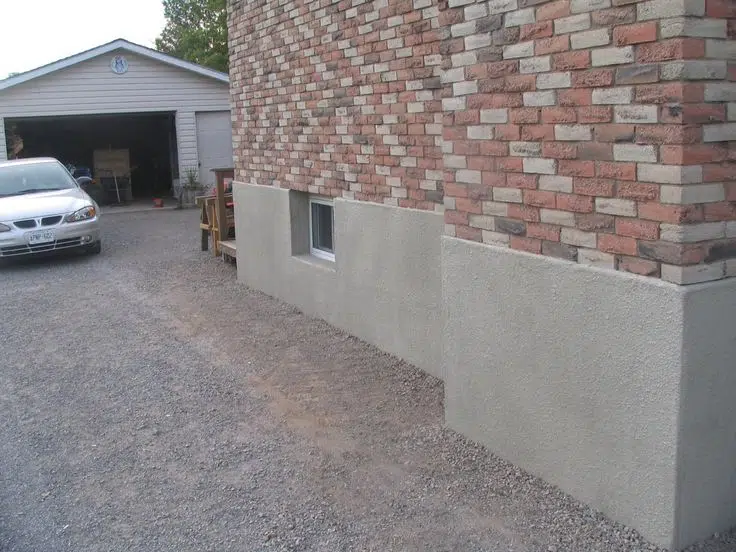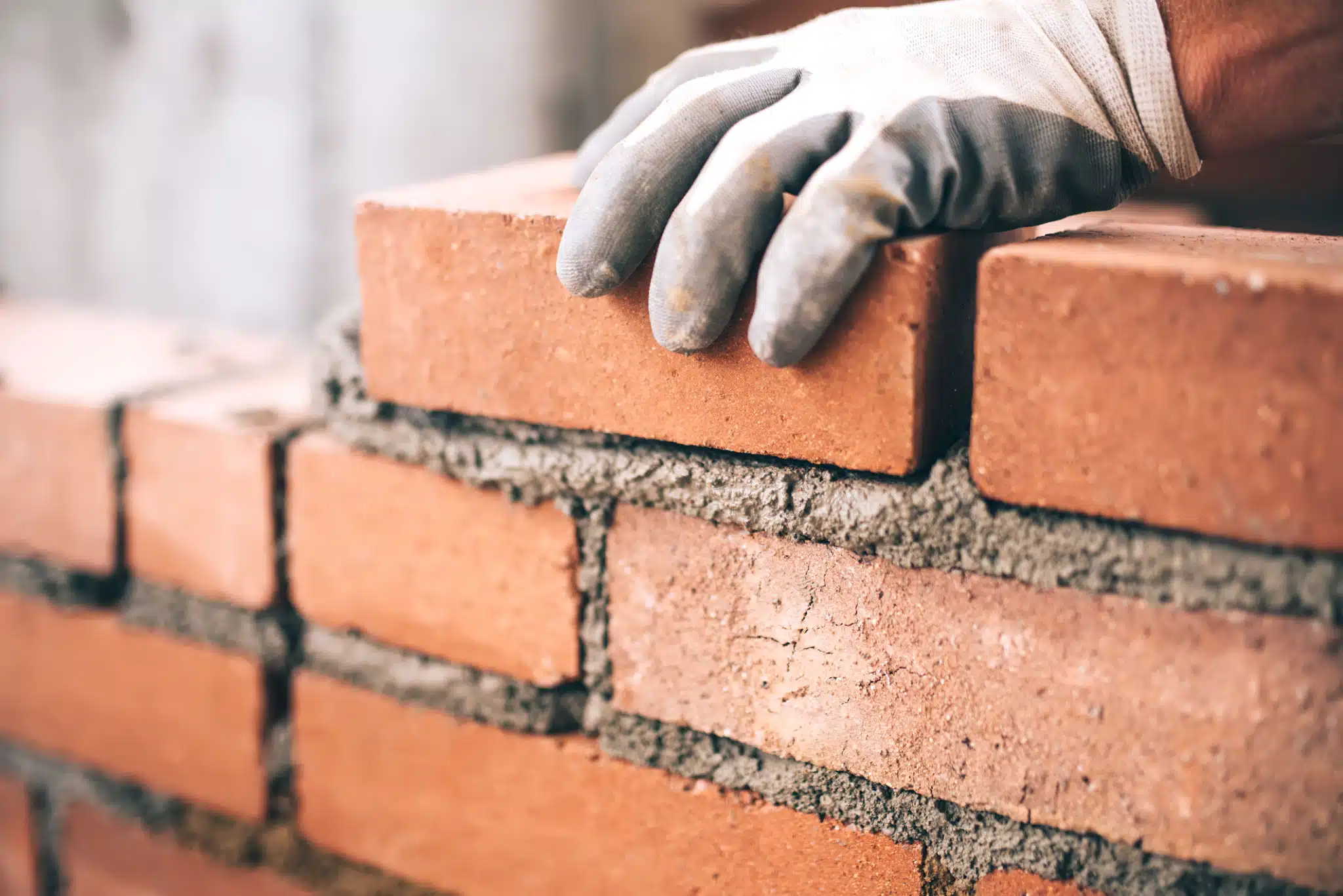Historical commercial brick buildings are more than just structures; they’re living testaments to our architectural heritage. Preserving these iconic edifices requires specialized knowledge, skill, and a deep appreciation for their historical significance. In this comprehensive guide, we’ll explore the intricate world of repairing and restoring historic commercial brick structures while maintaining their architectural integrity and character.
Understanding the Unique Challenges of Historical Brick Repair
Restoring historical brick buildings presents a unique set of challenges that modern construction rarely encounters. These structures were built using techniques and materials that may be unfamiliar to today’s tradespeople, requiring specialized knowledge and expertise.
Age-Related Issues
Many historical brick buildings have weathered centuries of exposure to the elements, leading to various forms of deterioration:
- Mortar erosion
- Brick spalling (flaking or peeling)
- Structural settling
- Water damage and efflorescence
Addressing these issues requires a delicate balance between preserving the building’s historical integrity and ensuring its structural stability.
Original Construction Techniques
Historical buildings often employed construction techniques that differ significantly from modern methods. For instance, many older structures used lime-based mortars, which are more flexible and breathable than modern Portland cement-based mortars. Understanding these original techniques is crucial for proper restoration.
Matching Historical Bricks and Mortar
One of the most critical aspects of historical brick repair is sourcing materials that match the original construction. This process involves careful analysis and often custom fabrication.
Brick Matching
Finding bricks that match the color, texture, and size of historical bricks can be challenging. Options include:
- Salvaging bricks from other parts of the building or similar structures of the same era
- Locating specialty manufacturers who produce historically accurate bricks
- Custom-ordering bricks made to match the original specifications
In some cases, it may be necessary to clean and reuse existing bricks to maintain the building’s authentic appearance.
Mortar Matching
Matching historical mortar is equally important. Modern mortars are often too hard for use in historical buildings, potentially causing damage to the softer, more porous historical bricks. Steps for proper mortar matching include:
- Analyzing the original mortar composition through laboratory testing
- Recreating the mortar mix using appropriate materials (often lime-based)
- Matching the color and texture of the original mortar
Restoration Techniques for Ornamental Brickwork
Many historical commercial buildings feature intricate ornamental brickwork that adds character and architectural interest. Restoring these elements requires specialized skills and techniques.
Documenting and Cataloging
Before beginning any restoration work, it’s crucial to thoroughly document the existing ornamental features. This process may involve:
- Detailed photography and measurements
- 3D scanning for complex patterns
- Creating molds or templates of repeating designs
Repair and Reconstruction
Depending on the extent of damage, ornamental brickwork may require various restoration techniques:
- Careful cleaning to remove dirt and biological growth
- Repointing mortar joints to match the original pattern and color
- Reconstructing damaged or missing elements using traditional techniques
- Creating custom-made replacement pieces for severely damaged sections
Preserving Patina
The aged appearance of historical brickwork, known as patina, is often considered valuable. Restoration efforts should aim to preserve this patina while addressing structural issues, striking a balance between repair and maintaining the building’s historical character.
Balancing Modern Safety Standards with Historical Preservation
One of the most significant challenges in restoring historical commercial brick buildings is ensuring they meet modern safety and building code requirements without compromising their historical integrity.
Structural Reinforcement
Many historical buildings require structural reinforcement to meet current safety standards. This can be achieved through:
- Installing hidden steel supports
- Reinforcing foundations
- Adding seismic retrofitting in earthquake-prone areas
The key is to implement these improvements in a way that minimally impacts the building’s historical appearance.
Energy Efficiency
Improving energy efficiency in historical buildings presents unique challenges. Solutions may include:
- Installing interior insulation to preserve the exterior appearance
- Upgrading windows with historically appropriate, energy-efficient options
- Implementing modern HVAC systems discreetly
Accessibility
Ensuring accessibility for all individuals is crucial for commercial buildings. This often involves carefully planning and installing features such as ramps, elevators, and wider doorways in a manner that complements the building’s historical character.
Case Studies of Successful Historical Brick Restorations in Ontario
Ontario boasts numerous examples of successful historical brick restorations that showcase the potential for preserving our architectural heritage. Let’s explore a few notable cases:
The Gooderham Building (Flatiron Building), Toronto
Built in 1892, this iconic triangular building underwent a major restoration in the early 2000s. The project involved:
- Careful cleaning and repointing of the entire brick facade
- Restoration of the ornate cornice and window details
- Structural reinforcement to meet modern safety standards
The restoration successfully preserved the building’s unique character while ensuring its longevity for future generations.
Elgin and Winter Garden Theatre Centre, Toronto
This double-decker theater complex, dating back to 1913, underwent an extensive restoration in the 1980s. The project included:
- Repairing and cleaning the elaborately decorated brick facade
- Restoring intricate terra cotta details
- Modernizing the interior while preserving historical elements
The successful restoration revitalized this cultural landmark, making it a shining example of historical preservation in Ontario.
The Broadview Hotel, Toronto
Originally built in 1891, this Romanesque Revival-style building was restored and repurposed as a boutique hotel in 2017. The restoration process involved:
- Carefully cleaning and repairing the original brick facade
- Reconstructing the corner turret based on historical photographs
- Integrating modern amenities while preserving the building’s historical character
This project demonstrates how historical commercial buildings can be adapted for new uses while maintaining their architectural integrity.
Conclusion
Preserving historical commercial brick buildings is a complex yet rewarding endeavor that requires expertise, patience, and a deep respect for architectural heritage. By understanding the unique challenges, employing appropriate restoration techniques, and balancing historical preservation with modern requirements, we can ensure that these invaluable structures continue to enrich our urban landscapes for generations to come.
At Fix My Brick, we’re passionate about preserving Ontario’s architectural history. If you’re involved in a historical brick restoration project or have questions about maintaining your historical commercial property, don’t hesitate to reach out. Our team of experts is ready to help you navigate the intricate world of historical brick repair and restoration, ensuring that your building’s story continues to be told through its beautifully preserved facade.
\n\n\n
error: No faq



